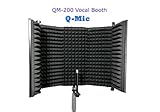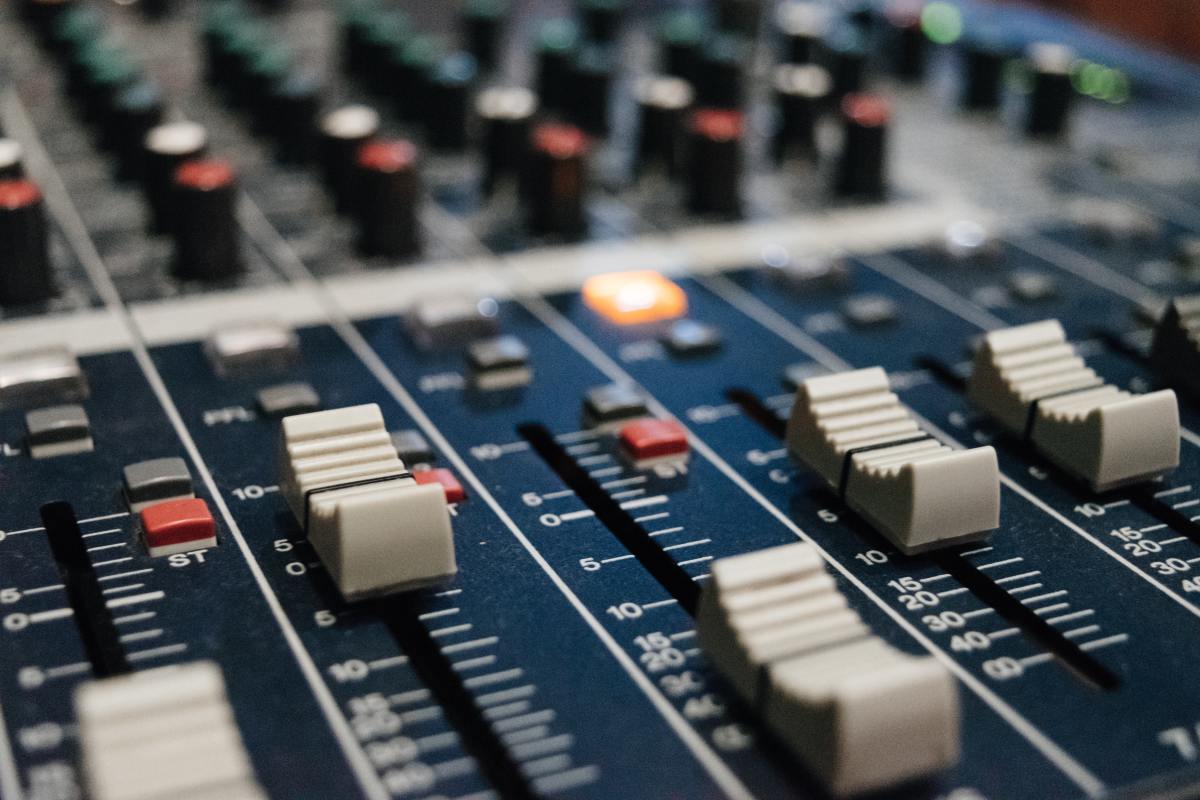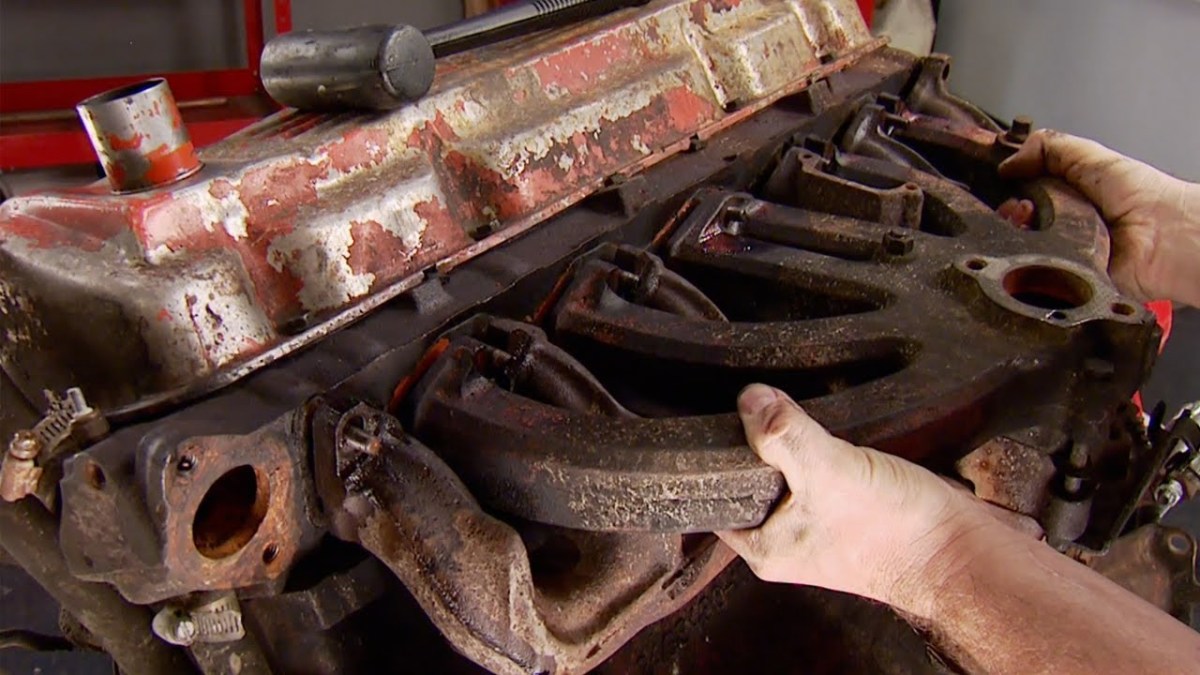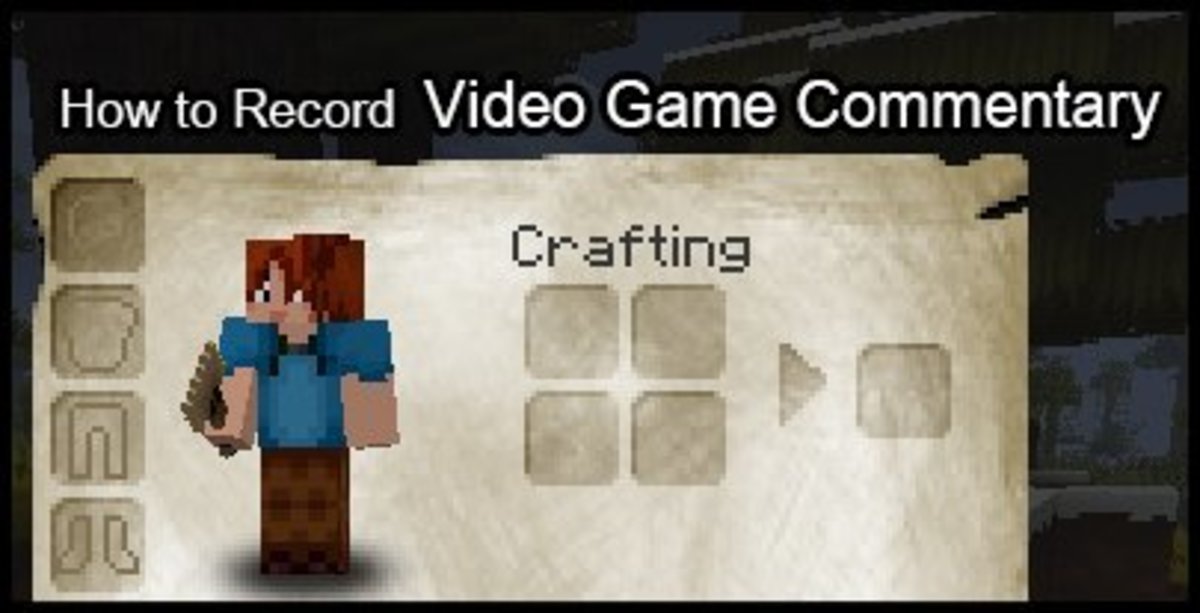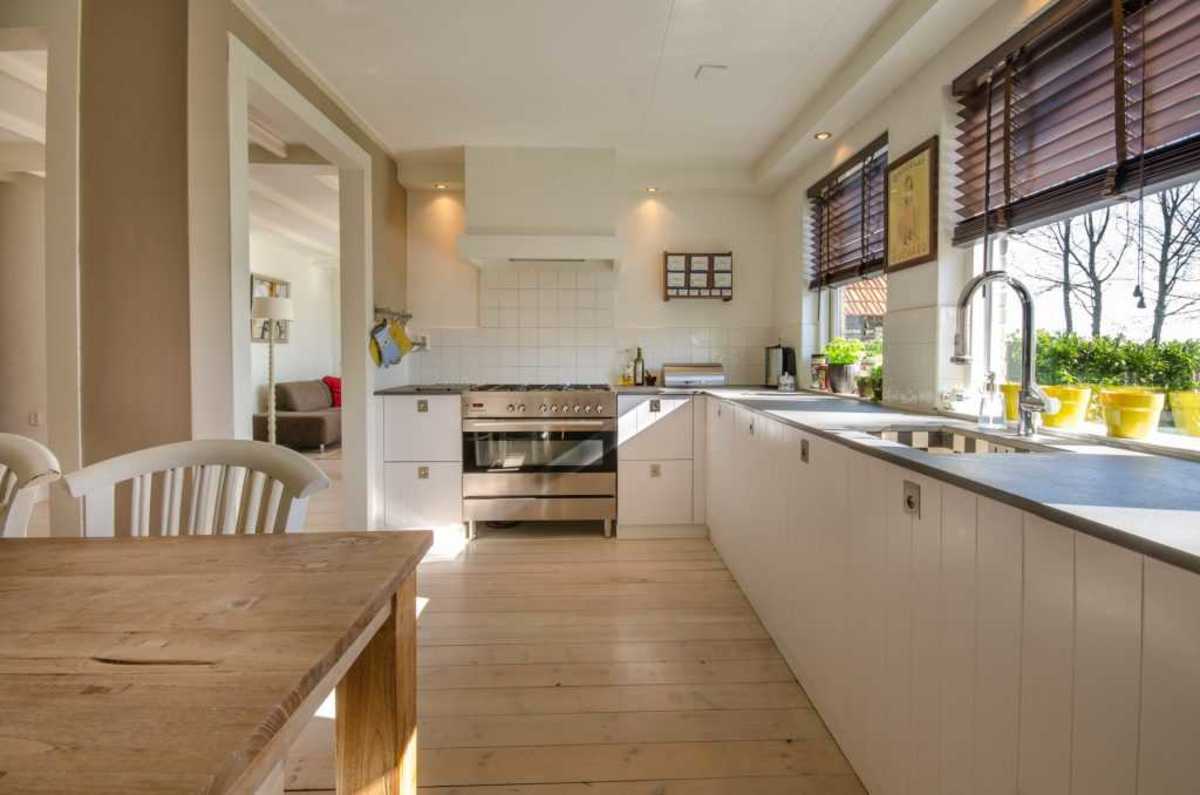Setting Up A Cheap Home Recording Studio | Budget Build Ideas
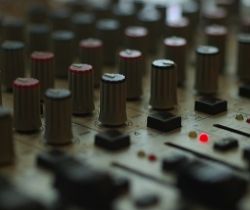
Building a Home Recording Studio on a Budget
Recording music is one of the most rewarding things a person can do. It's fun, challenging and it's an incredibly rich experience. Luckily we live in a golden age of technology, so setting up a cheap home recording studio is totally feasible these days. Setting up a home recording studio on the cheap isn't impossible, but you have to invest your money wisely.
With the advent of digital technology we can suddenly use our home computers as powerful recording devices. With a bit of extra technology added in it's very easy to record studio quality music in your home without a whole lot of fancy gear or expensive instruments or microphones. It's even possible to build some of the equipment yourself with simple household materials (more on that in a bit!) In any case don't let money concerns stop you, building a cheap home recording studio is within reach.
This article will talk about everything you'll need to build a home recording studio on a budget. We'll look at some of the essential equipment you'll want to set up your studio, and we'll look at a bunch of different ways you can save money by either doing it yourself or going with budget brands. A budget home recording studio also happens to be a fun project for tinkerers or DIY personalities. Let's get started.
How 'Not' To Build a Cheap Home Recording Studio - A budget home recording setup can go very wrong...
In a frenzy of frugality, it can be easy to cut corners a bit too much. Here are some money saving things to avoid when you're setting up a home recording studio on the cheap.
- DIY Is Too Ghetto:
Let's be honest, there's always a cheaper way to make something. However, if saving a few bucks compromises functionality and form, sometimes it isn't worth it. Your duct-tape and duvet recording booth might work OK, but who is going to sing in it? When setting up a cheap home studio, make sure that it's done tastefully and to a high standard so you (and your friends) will actually want to make use of it.
- Budget Brands, Not 'No Name':
Your cheap home recording studio is bound to make use of a bunch of lower cost brands, and that's actually OK. However, resist the urge to buy brand-less items. There are a lot of knock-offs that look the part but have terrible guts. Remember that it doesn't matter what the speaker enclosure looks like, it matters what components were used. Low cost brands like Behringer and M-Audio offer inexpensive alternatives to pricier brands without losing much in terms of quality.
- Build Over Time:
Another excellent way to save money with your cheap home recording studio space is to pick up items gradually over time. Buying everything at once in a frenzy isn't always the best route. Buy things as you need them, and always keep your ear to the ground about free and used equipment from friends and family. Start small with a digital audio interface, microphone and stand, and build up from there.
The Digital Audio Interface
A cheap home recording studio essential
Building a home recording studio on a budget will probably necessitate having a digital audio interface. These little devices let traditional microphones and instruments communicate with your computer, turning the analog audio signal into digital. They let you hook up mics, amplifiers, guitars and MIDI instruments directly to your desktop or laptop, and some of them even include basic mixing board elements and other bonus features.
This is a must have. For a beginner home recording studio built for cheap, you won't need any more than 2 to 4 inputs.
A Condenser Microphone
Any home recording studio on a budget could use a condenser.
The condenser microphone is a good choice for a cheap home recording studio setup, simply because they're versatile, sensitive and well rounded. If you choose right, a good condenser mic will work nicely for vocals, acoustic guitar, room ambience, spoken word and more.
They're powered, which means you'll need a digital audio interface with phantom power (most have this). The exception to this rule is the USB condenser mic, which draws power from the USB connection and requires no interface to work.
They are also very sensitive as a rule, much more so than dynamic microphones. They'll pick up minute background noise. That's great because it picks up on all the vibrancy and subtlety of your recording, but it also means they'll pick up background noise too so you'll want to figure out some soundproofing. Anyone setting up a home recording studio for cheap can find decent condenser microphones for well under $100. See below.
Microphone Stands Are Essential
Every budget home recording studio needs stands
You'll want to get a few microphone stands. It seems logical to balance mics on the edge of a table or bookshelf, but in practice it just doesn't work. They're round and they roll, and dropping a condensor microphone on the ground is never a good thing.
If you're setting up a home recording studio, do yourself a favor and invest in some decent stands, they'll make your life much easier and they don't cost all that much. You'll want XLR cables too, if you're using a non-USB microphone.
Soundproofing Wall Panels
Setting up a cheap home recording studio involves soundproofing
OK, now we're getting away from the 'must haves' into the 'like to haves'. Soundproofing is pretty important. First off it protects your recordings from picking up unwanted background noise like traffic, voices, footsteps, coughs, things like that. It keeps your neighbours and housemates from being furious with you.
Soundproofing is also great for ensuring audio fidelity by reducing echo, excess resonance, vibration and overpowering frequencies like heavy bass. Even if you're building a cheap home recording studio, you can probably afford a few sheets of foam. Egg cartons work well in a pinch, as do blankets.
Here's a great tip for you aspiring home studio recorders out there. A used couch in the center of the room can really reduce overpowering bass frequencies. It's also nice to have one to chill out between sessions, but the primary purpose is bass reduction.
Here are a few cheap foam soundproofing panels for a home recording studio on a budget. You don't need to cover your walls, just add a few panels to the center and corners and you should notice a huge difference.
Vocal Booths
A cheap home recording studio can really use a good vocal booth
Another nice thing to have in any recording studio is the vocal booth. Vocals in particular are difficult to record, and echo and background noise can really make an otherwise fantastic sounding recording seem cheap and amateurish. A good budget home recording studio can really improve vocal recordings by finding a way to mellow the microphone input, and a vocal booth does just that. It evens the frequencies, cutting out unbalanced highs and lows, reducing echo.
You can buy a pre-made portable vocal recording booth pretty easily. They're inexpensive and usually portable too. If you don't have the scratch for that, you can make one using foam insulating panels or thick blankets. Remember, the idea is to dampen unwanted 'boom' and background noise, without destroying the resonance and character of the singer's voice.
Use your imagination and experiment with different options. You might want to get a pop filter to reduce the 'P' sound in vocal recordings too.
Audio Recording Software
Home studios on a budget need software
Many digital audio interfaces will include some sort of recording software, generally a 'light' version of a bigger and more complex system like ProTools or Cubase. If it doesn't, or if you require something a bit more complex with more options, you'll want to pick up some audio recording software. This can typically be the most expensive part of starting up a cheap home audio recording studio, but it's money well spent, believe me.
The big paid audio software companies have been doing this for a long time. They know exactly how to minimize your workload and keep things intuitive. Splicing together multiple tracks, for example, can be made a heck of a lot easier by using Cubase. What's more, if you're planning to get further into the industry a knowledge of ProTools is a virtual must. It can be a tough pill to swallow but I recommend that your cheap home recording studio plans include decent software.




